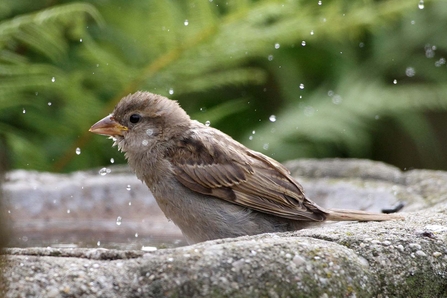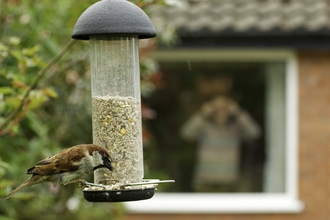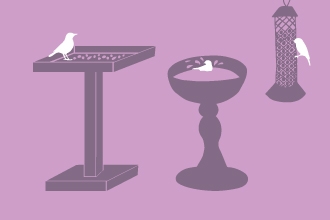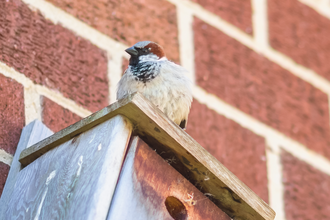Essex Wildlife Trust announces the results of the House Sparrow Project, a citizen science initiative that saw hundreds of people in Essex surveying their gardens for house sparrows in early spring.
House sparrow populations have declined by 69% in England since the 1970s and have been listed as a Red List species of conservation concern. The reasons for this are not fully understood, and factors such as food availability, habitat loss and reduced nesting sites are all thought to have an impact.




